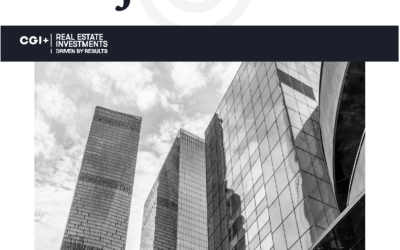The Global Financial Crisis created a nation with many more renters.
In the years after the Great Recession, many Americans chose to rent. In 2010, 99.4 million people were renters, according to RENTCafé. By 2019, that number passed 100 million to hit 108.5 million. During that time, the number of renters increased 9.1%, while the number of homeowners only grew by 4.3%–half the rate.
What drove this increase in rental demand over the past decade? For many people, coming up with enough money for a down payment was difficult. Part of the problem was student debt. In its 2018 household debt study, NerdWallet found that the average U.S. household with student debt owed $47,671, which makes saving money for a down payment difficult.
While the Biden administration could take steps to eliminate student debt, other barriers to home ownership won’t be so easy to remove.
Housing prices continue to skyrocket. As people sought more space during the pandemic, home prices, including distressed sales, increased by 9.2% year-over-year in December 2020. As those prices rise, it becomes much harder to buy.
Flexibility is also a huge draw to renting, especially for people in their 20s and 30s. The average person moves 11.7 times per year, according to The U.S. Census Bureau. At age 18, a person can expect to move another 9.1 times in their remaining lifetime. However, by age 45, the average person only expects to move 2.7.
Add up these issues—rising home prices, difficulty making a down payment and the need for flexibility—and it would seem that millions of people will continue to prefer renting versus owning a home.


